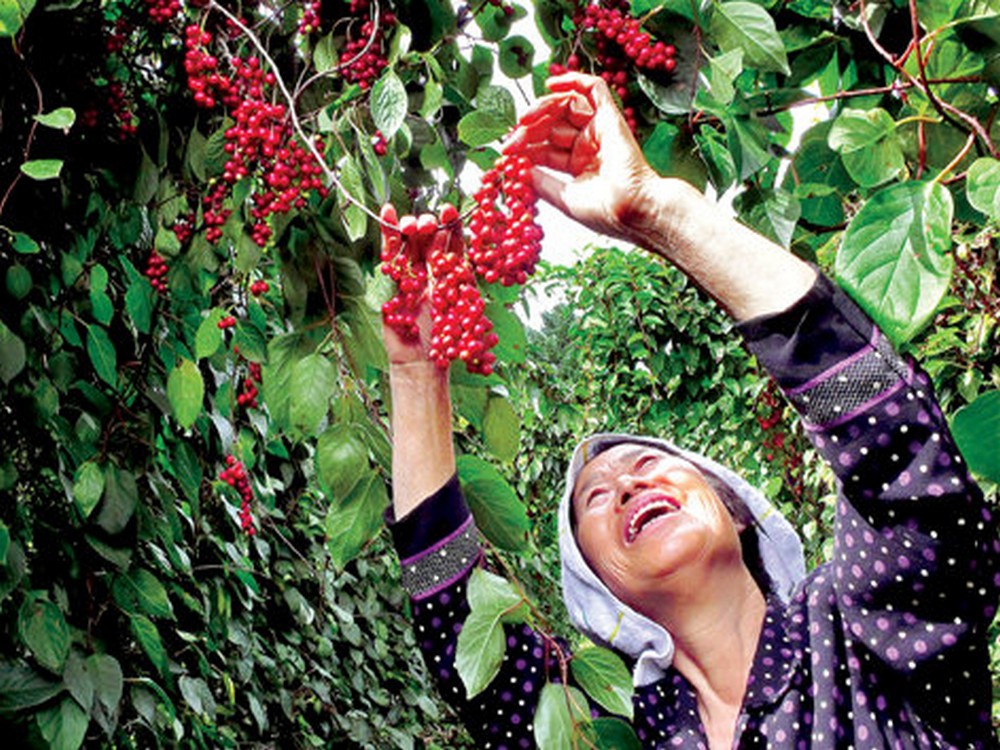Schizandra Berry- New XL variety
Click on the photo to zoom
![]() For more information contact us at 26510 22282
For more information contact us at 26510 22282
Product description
Schizandra is a large climbing plant, belonging to the family Schizandraceae and Magnoliaceae. The plant likes shady places, with moisture and good soil drainage. The vine usually reaches 4.5 to 7.5 meters high and 1.5 to 3 meters wide.
It blooms from April to May, with flowers about 2.5 centimeters in diameter. Many clusters of tiny, bright red fruits grow on the vine.
The fully ripe fruits, which have been dried and dried, are used medicinally. Their taste is a mixture of sour, sweet, salty, hot, and bitter at the same time. Schizandra bears fruits from mid-August to mid-September, which are clusters of bright red berries, about 6-8 mm in diameter (usually a bunch contains 10-40 berries).
Its cultivation is not demanding and the profits from the sale of the production can reach and exceed 3,000 euros per hectare. Schizandra can grow at temperatures down to -30 degrees. It can be watered either by aerial or drip irrigation.
The planting is done with a distance of 3 meters from each plant and 3 meters from row to row and it is estimated that 160 plants are planted per hectare. The establishment of the plantation is done in the spring by planting plants 30-45 centimeters high, at distances of 3 meters on the planting line and 3 meters between rows (160 plants per hectare). . Before planting, the appropriate fertilizer for the crop is applied to the soil.
Although Schizandra is a plant that can withstand prolonged moisture, in commercial varieties irrigation is considered necessary especially during the first year of establishment of the plantation and then during their growth periods.
The plant has a productive life of 12-15 years, starting - as mentioned - from the second year. The average yield of a plantation is 500-1,000 kg per hectare
Planting is preceded by organic fertilization (3 cubic meters per hectare) as well as inorganic fertilization with phosphorus and potassium. Meticulous winter and summer fruiting pruning is required. Irrigation is considered necessary in the first year of installation and then during the period of fruit growth. They are formed into palmettes, so stakes and wires are needed for the ties.
Winter and summer fruiting pruning is also carried out and must be applied every year meticulously. The summer peaking is done when the shoots reach a length of 90-120 cm. At the same time, vine thinning is applied, leaving 5-6 vigorous vines per plant. During winter pruning, the vines are shortened. Side shoots up to a height of 40-50 cm are removed. It is good to remove the shoots that have fruited in the summer immediately after the harvest.


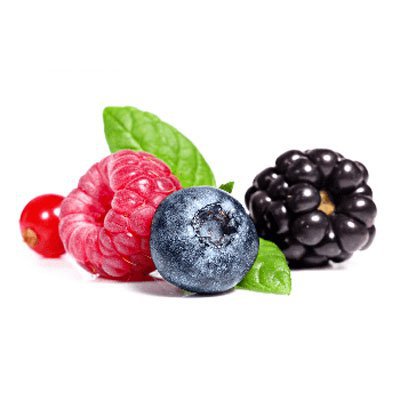
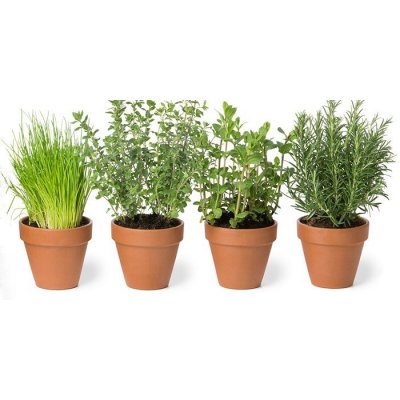
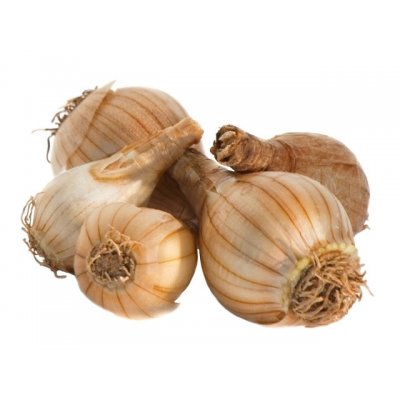
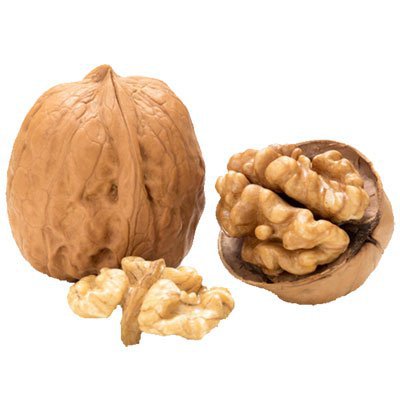
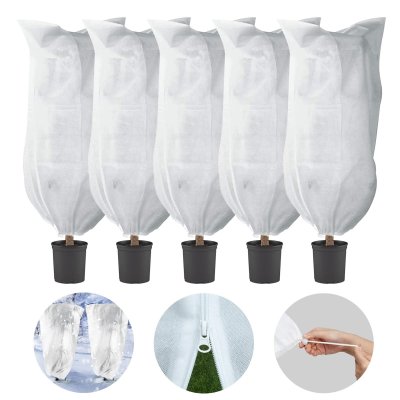
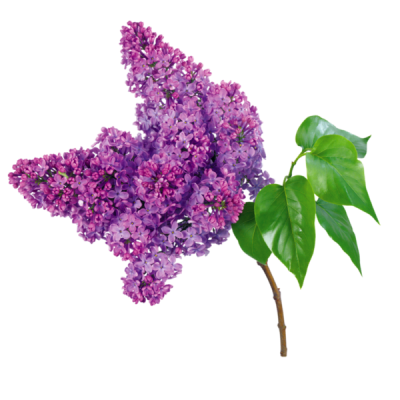
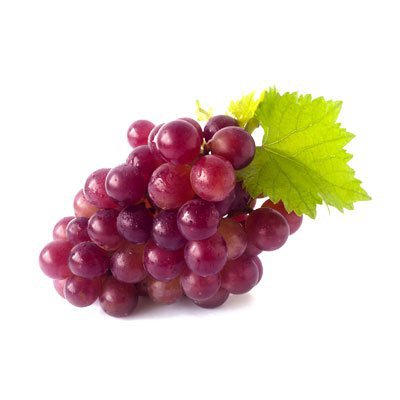
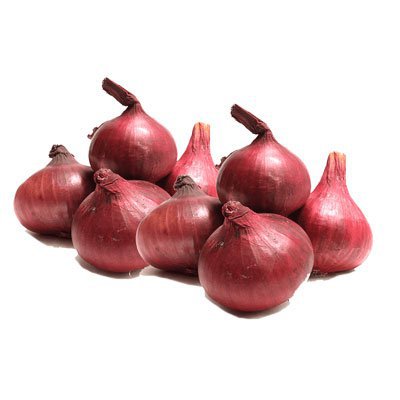
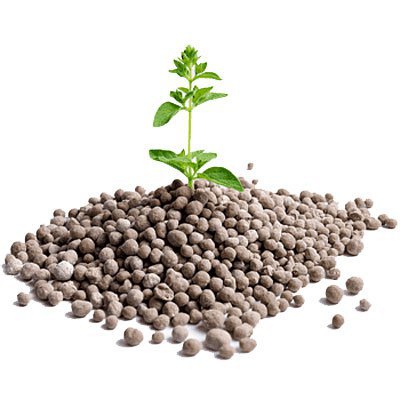
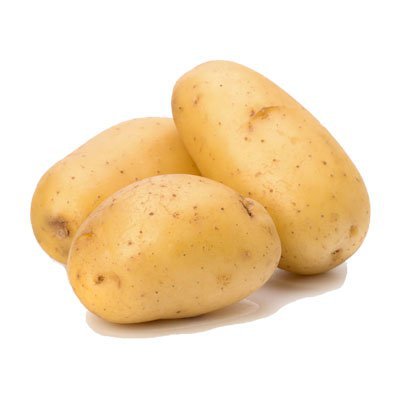
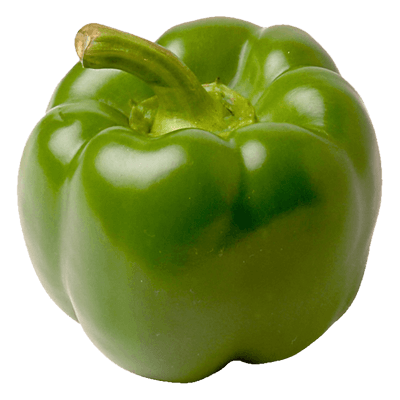
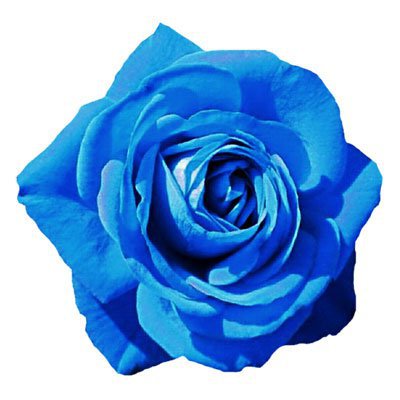

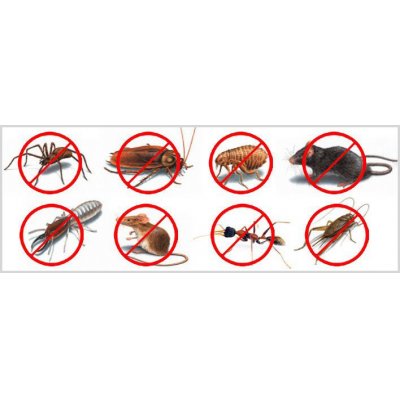
 Forest Fruit Plants
Forest Fruit Plants Spice Herbs Medicinal seeds
Spice Herbs Medicinal seeds Bulbs
Bulbs Fruit Trees
Fruit Trees Garden Materials
Garden Materials Ornamental Plants
Ornamental Plants Grapevine Plants
Grapevine Plants Onion Set
Onion Set Fertilizers
Fertilizers Potato seed
Potato seed Seeds
Seeds Roses
Roses Tropical Plants
Tropical Plants Home Pesticides
Home Pesticides